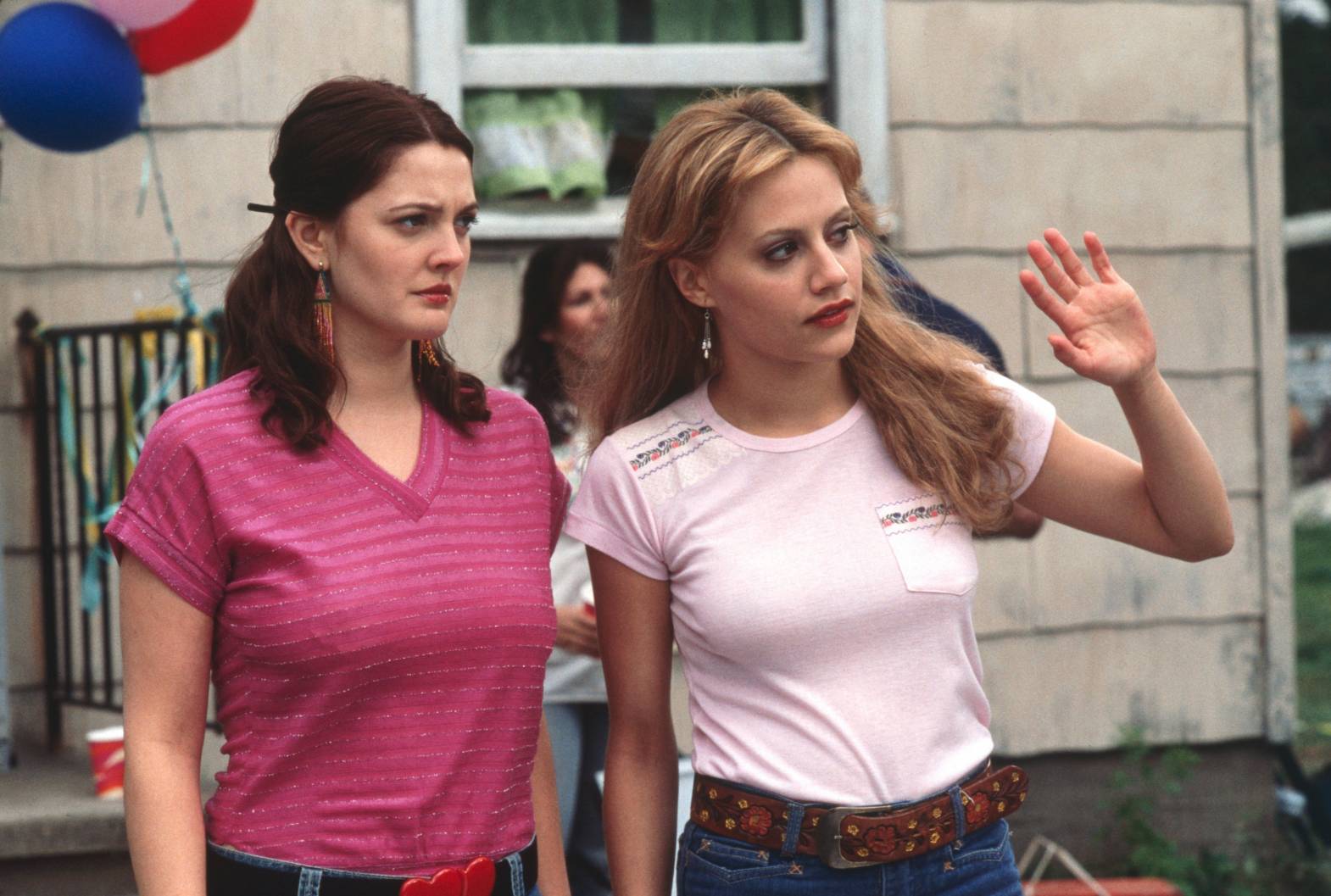This guest post by CG appears as part of our theme week on Dystopias.
Dystopian landscapes have begun to grow in popularity with audiences, particularly in film and literature. Franchises like The Hunger Games and The Walking Dead have given audiences this love affair with settings that include abandoned cities, constant threats of death, and the occasional love triangle in an attempt at normalcy. But what these popularized franchises have done is cloud our definition of what dystopian media can do. In fact, there has been dystopian media done before that called for us to embrace and examine how humanity is represented in these otherwise bleak landscapes.
With this, I call to you the brilliance of the Neon Genesis Evangelion franchise.
For those of you who are unfamiliar, Neon Genesis Evangelion refers to a franchise created by Hideaki Anno and Gainax Studios, going on to include a 25-episode anime, six films (including three reboots), and a 13-volume manga series. The franchise itself is incredibly popular, launching back in the 1990s and maintaining a steady fanbase ever since. What helps Evangelion continue to grow its popularity is not the focus on religious or sci-fi elements, but its commitment to showcasing the fragility of humanity through its flawed and destructive characters tasked with saving the world and themselves. And how does the franchise show this? By literally placing the future of what’s left of the world in the hand of dysfunctional and emotionally fragile children.
The story of Evangelion focuses on three 14-year-old pilots that control giant robots called Evangelion Units, as they battle monsters called Angels that threaten to destroy (what’s left of) the world. These Angels have already destroyed half of the world – the oceans have turned red, half of the world’s population has been killed. Some of the characters live with the consequences of the Second Impact – one character, Misato Katsuragi, tries to live with her guilt of directly surviving the Second Impact while her father does not.
The pilots of the Eva Units serve as the main characters of the franchise, and remain the gatekeepers to the internal conflict of the internal conflict of the franchise. The main character is Shinji Ikari – abandoned by his father who later asks him to pilot one of the Eva Units, Shinji revels in the feelings of guilt and unraveling that comes with feeling horribly inadequate to everyone around him. One of the episodes of the original anime is called “Hedgehog’s Dilemma,” focusing on a psychological condition that makes for Shinji’s insecurity to hinder him from getting close to others, for fear of further rejection. For Shinji, he reclaims some of that validation in the form of piloting the Eva. Like the other pilots, the Eva Units give him identity beyond his own limitations. Although, as we soon learn, it is not enough to allow them to completely escape.
The second pilot is Asuka Langley-Sohryu, a hotheaded and brash girl who clings to her title as an Eva pilot as a badge of honor. To Asuka, she revels in being needed and having purpose. But her overconfidence shadows a deeper hurt of fierce inadequacy. When her title as an Eva pilot is no longer enough to shield her from facing her fear of being useless, it quickly manifests into putting Asuka in further danger. In this unforgiving future, where the survival of humanity rests on the sounders of three teenagers, Asuka’s mental unraveling to be more dangerous that we would expect.
The final pilot is Rei Ayanami, a girl who is seen as emotionless and stoic. She follows orders without thought or individuality, and she has a strange connection to the Eva Units themselves, as well as to Shinji’s deceased mother, Yui. Rei is interesting in that she must learn to reclaim her individuality and importance as a person. She struggles to find meaning with being expendable.
The psychological stability of the pilots, as well as the adults that are supposed to be directing and guiding them, become paramount to the development and plot of Evangelion. It’s not simply the bleak landscape that draws out the despair in the characters; it is the drive of destruction that lingers on the tongue of everyone around. Shinji, Asuka, and Rei are left to salvage humanity out of the hopelessness that surrounds them.. and it makes for oddly addicting media.

Though the franchise explores other themes of faith, relationships, and tragedy – at its core, Neon Genesis Evangelion gives us a tale of searching for meaning and embracing the strength of flawed humanity, even when the situation is bleak.
CG is a writer, blogger, and fangirl from New Jersey. Most of her online writing can be found on her site (blackgirlinmedia.com).






